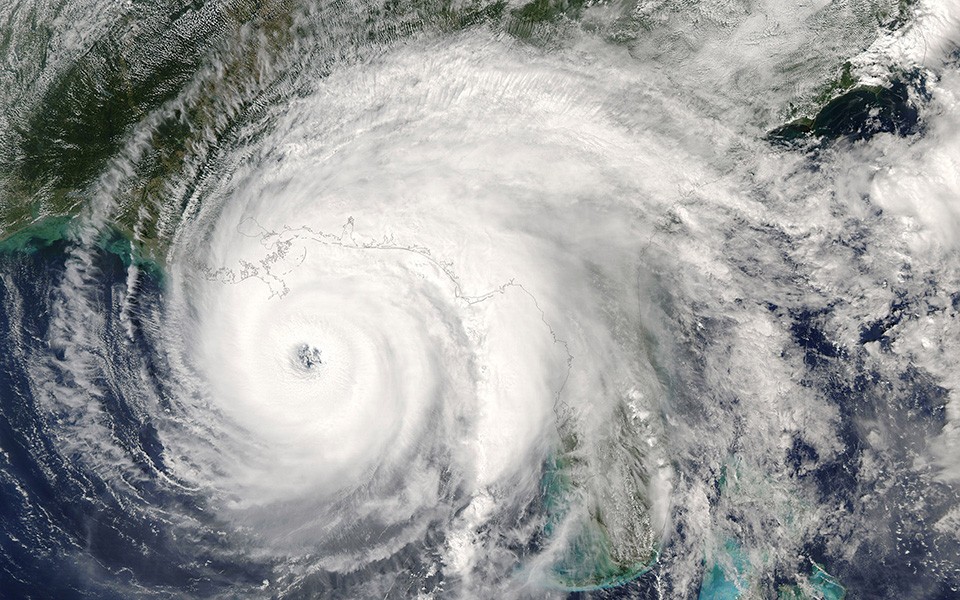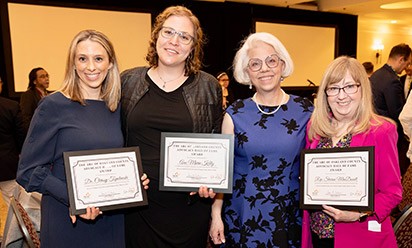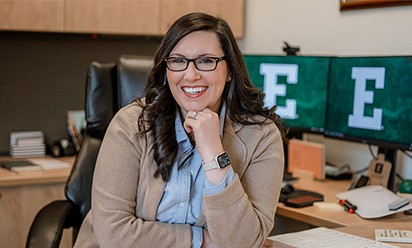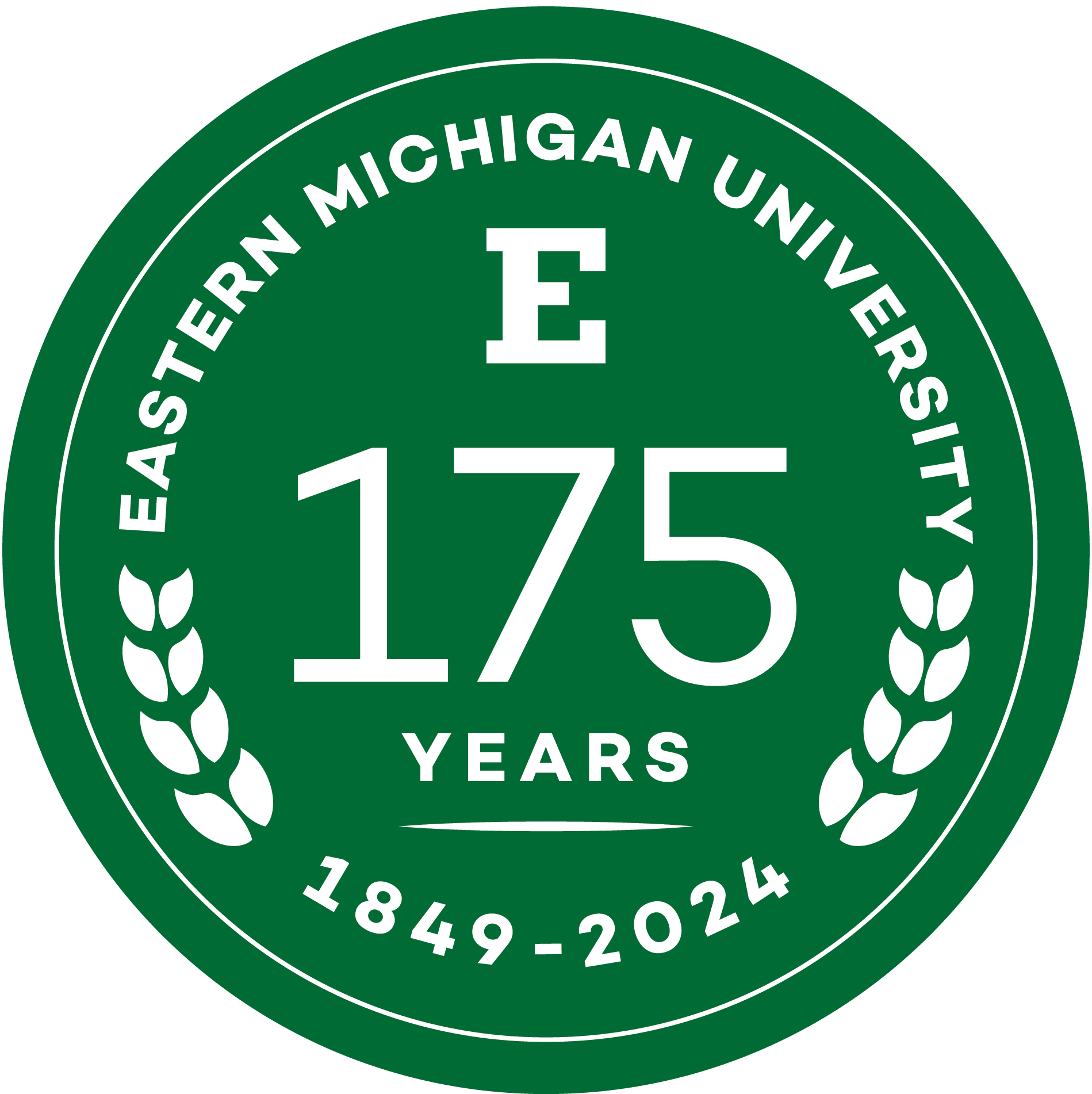Eastern Michigan University professor collaborates on project to make sacred places along the Texas Gulf Coast region more hurricane-proof

YPSILANTI – Dr. Kasim Korkmaz, a professor in the School of Visual and Built environments at Eastern Michigan University, has joined a research team formed by the University of Texas at San Antonio (UTSA) to work on a two-year project to improve the resilience of historic, sacred buildings along the Texas Gulf Coast Region.
The project, entitled, “Resilience Analysis of Historically Designated Sacred Places in the Texas Gulf Coast Region,” is aimed at ensuring that the structures can better survive and in turn help others during severe weather events such as the recent Hurricane Hanna, which hit the southern Texas Gulf Coast this past week.
UTSA professor William Dupont will lead the research team, which was was formed with various researchers who have strong backgrounds in areas such as architecture, historical preservation, construction, geotechnical and structural engineering. Dupont, a professor of architecture, is director of the Center for Cultural Sustainability at UTSA.
Korkmaz, an expert in structural engineering, will evaluate the buildings in terms of their current status and structural capacities.
The first phase of the project will involve selecting respresentative buildings in various categories, including their archetypical layouts, construction era, construction material and location.
UTSA indicates that candidates for the network include houses of worship that date to the late 19th or early 20th centuries, are listed on the National Register of Historic Places and are located in the FEMA-designated most impacted areas of damage from 2017’s Hurricane Harvey.
“The primary project outcome will be the development and dissemination of a ‘Resiliency Roadmap’ as a guide for disaster management planning, and to enhance the capacity of historic sacred places to prepare for a disaster and recover,” Korkmaz says of the project.
This research was made possible by emergency supplemental funding from the Historic Preservation Fund, administered by the National Park Service, U.S. Department of the Interior, and the Texas Historical Commission.
“Anticipating an increase in frequency and intensity of hurricanes, we must acknowledge that people are what make a place truly sustainable, and people are asking, ‘What can we do to better prepare?’” Dupont said in a UTSA news release about the project. “Historic places of worship are community anchors, locally supported by committed volunteers and holding collective memories, wisdom and lessons of cultural sustainability. Our project will help them attain higher resilience plus disseminate information on sustainability.”
The research project will also create connections between multiple faith-based organizations and the communities they serve, empowering them to become more resilient to large-scale disruption.
About Eastern Michigan University
Founded in 1849, Eastern is the second oldest public university in Michigan. It currently serves nearly 18,000 students pursuing undergraduate, graduate, specialist, doctoral and certificate degrees in the arts, sciences and professions. In all, more than 300 majors, minors and concentrations are delivered through the University's Colleges of Arts and Sciences; Business; Education; Engineering and Technology; Health and Human Services; and, its graduate school. EMU is regularly recognized by national publications for its excellence, diversity, and commitment to applied education. For more information about Eastern Michigan University, visit the University's website.
More Stories

Eastern Michigan University professor recognized on the 2024 Michigan Sports Hall of Fame Ballot for his love of sailing.

Eastern Michigan University professors receive Disability Advocacy Hall of Fame Award from The Arc of Oakland County Michigan.

Eastern Michigan University alumna, Aleksandra Efimova, leads self-made brand, RP to acquisition by renowned industry leader in dance footwear and apparel, Bloch.

Eastern Michigan University Vice President for Enrollment Management Katie Condon-Martin to help shed light on FAFSA “fiasco” as part of Bridge Michigan Zoom discussion on April 24.

Eastern Michigan University awards Summer Research and Creative Activity Grants.

